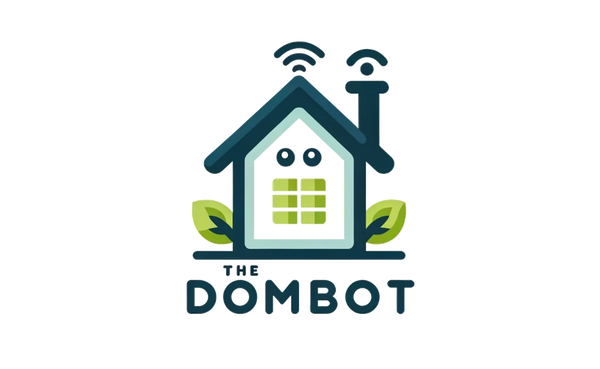Collection: Dockerize Home Assistant: A Guide for Beginners
Dockerizing Your Home Assistant: A Guide for the (Slightly) Tech-Savvy
Hey there, smart home enthusiasts! Today we're diving into the wonderful world of Docker and how it can supercharge your Home Assistant setup. Now, I know what you're thinking: "Docker? Isn't that something pirates use?" Well, not exactly. It's a bit more high-tech than that. Think of it as a fancy, futuristic shipping container for your software. It lets you run your Home Assistant (and all its fancy addons) in a nice, isolated environment, keeping things tidy and preventing any potential software meltdowns from ruining your entire system.
Why Docker Your Home Assistant?
Let's be honest, sometimes Home Assistant can be a bit of a diva. It's got its own quirks and preferences, and sometimes it just doesn't want to play nice with other software on your system. That's where Docker comes in, like a calming yoga instructor for your tech. It creates a safe space for Home Assistant to thrive, free from the drama of other applications.
- Isolation: Docker keeps Home Assistant in its own little bubble, preventing any conflicts with other software on your system. It's like having a private island for your smart home brain.
- Easy Updates: Updating Home Assistant can be a bit of a chore, but with Docker, it's a breeze. Just pull the latest image, and boom! You're up to date. No more wrestling with dependencies or worrying about breaking things.
- Addons Galore: Docker makes it super easy to install and manage Home Assistant addons. It's like having a buffet of smart home goodness at your fingertips.
- Portability: Want to move your Home Assistant setup to a different machine? No problem! Docker makes it easy to transfer your entire environment, including all your configurations and addons. It's like packing up your entire smart home and taking it on vacation.
Getting Started with Home Assistant Docker
Okay, so you're convinced. You want to Dockerize your Home Assistant. Let's get this party started!
1. Install Docker
First things first, you need to install Docker on your system. It's like getting the right tools for the job. You can find detailed instructions for your specific operating system on the Docker website.
2. Choose Your Docker Method
There are a couple of ways to run Home Assistant in Docker:
- Home Assistant Supervised Docker: This is the official method recommended by Home Assistant. It's a bit more involved but offers a more integrated experience. You can find instructions on the Home Assistant website.
- Home Assistant Docker Compose: This method uses a YAML file to define your Docker setup. It's a bit more flexible and allows for more customization. You can find a detailed guide on Home Assistant website.
3. Configure Your Home Assistant Container
Once you've chosen your method, you'll need to configure your Home Assistant container. This involves setting up things like your network, storage, and any specific addons you want to use.
4. Start Your Home Assistant Container
With everything configured, it's time to start your Home Assistant container. You can do this using the Docker command line or a graphical interface like Portainer.
Home Assistant Docker Addons
One of the best things about Docker is the ability to easily install and manage Home Assistant addons. These are like little plugins that extend the functionality of your Home Assistant. You can find a wide variety of addons on the Home Assistant Addons website.
Some popular addons include:
- MQTT Broker: For connecting your smart home devices to Home Assistant.
- Nginx Proxy Manager: For managing your Home Assistant web server and other services.
- DuckDNS: For setting up a custom domain name for your Home Assistant instance.
- Mosquitto: For managing your MQTT messages.
Troubleshooting Your Home Assistant Docker Setup
Let's be real, sometimes things don't go as planned. If you run into any issues with your Home Assistant Docker setup, don't panic! There are a few things you can try:
- Check the Docker logs: Docker provides detailed logs that can help you identify the source of the problem.
- Restart your Docker services: Sometimes a simple restart can fix the issue.
- Consult the Home Assistant documentation: The Home Assistant website has a wealth of information on Docker and troubleshooting.
- Ask for help: There are many helpful communities online where you can get assistance from other Home Assistant users.
Conclusion
Dockerizing your Home Assistant can be a bit of a learning curve, but it's definitely worth the effort. It provides a more stable, secure, and flexible environment for your smart home brain. So go forth, my fellow smart home enthusiasts, and unleash the power of Docker!
